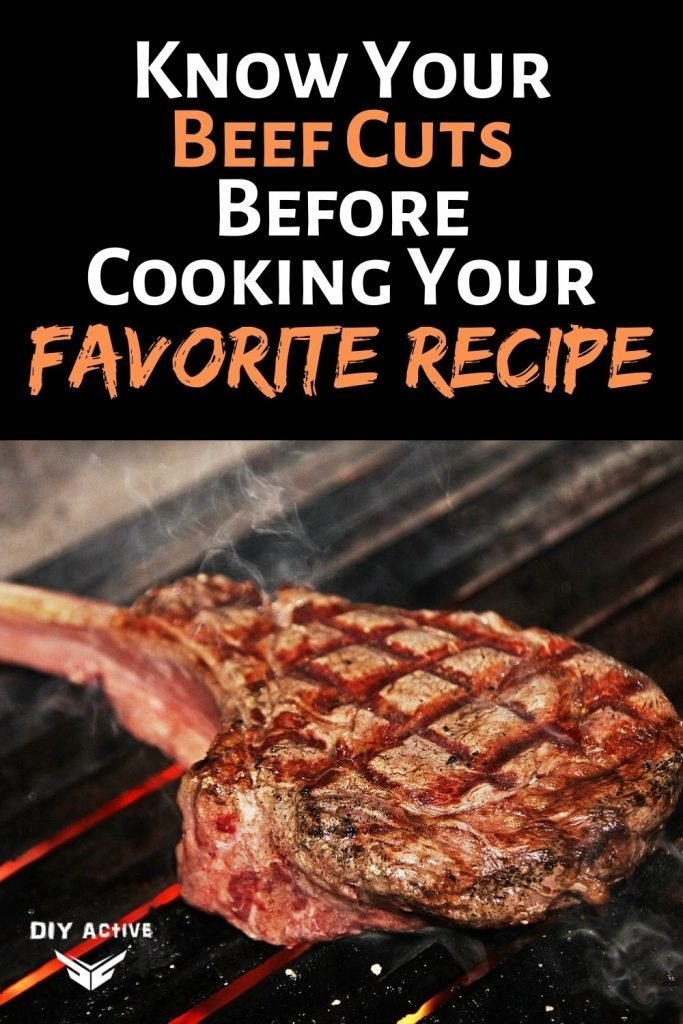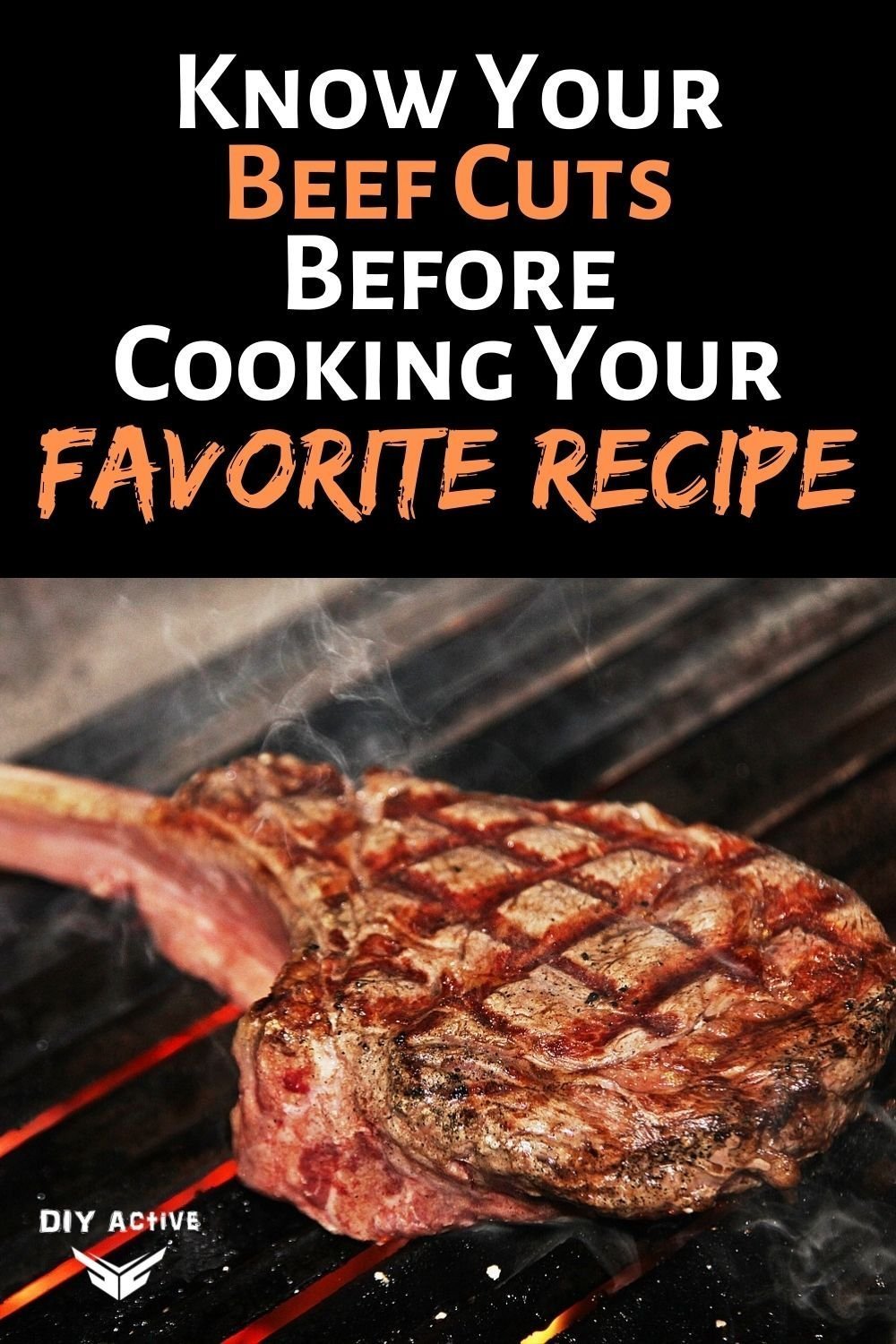
Beef Cuts to be Aware of
The versatility of beef has made it one of the world’s favorite meat. From steaks, chili, spaghetti, pot roast, and stew to meatloaf and wraps, beef offers a delicious and easy solution to any meal.
Know your beef cuts
However, before you get on to make one of your favorite recipes, here are some of the things you should know about your beef cuts.
Beef Cuts
There are different beef cuts to satisfy every taste, budget, and occasion. Each cut has a unique flavor and texture that makes it suitable for certain cooking methods. Even the prices vary depending on the cut you want.
For instance, sirloin, short loin, and strip loin cuts are all different leaner cuts of beef. They are not meant for slow cooking and are best when grilled, pan-fried, and roasted.
 Similarly, rib cuts have more fat in them and therefore are better for slow cooking except for ribeye steak, which works best when grilled or fried in a skillet.
Similarly, rib cuts have more fat in them and therefore are better for slow cooking except for ribeye steak, which works best when grilled or fried in a skillet.
Chuck cuts, on the other hand, suit every style of cooking. However, they’re particularly good with pot roasts.
Plate and flank cuts, except short ribs, are best when grilled while short ribs are meant to be slow-cooked. Similarly, round cuts that come from the leg’s back provide leaner cuts that go well with high heat.
Minced Beef
Whether it’s lasagna, meatloaf, Bolognese sauce, or beef rissoles, minced beef is a staple. However, minced beef is slightly different from other cuts.
It has different names and categories like Gourmet, Lean, Star ratings, etc. depending on the fat content. Lean beef minced is generally the healthiest choice, but fatty beef mince may be a tastier choice for some recipes.
Levels of Doneness
A term mostly used for steaks signifies how thoroughly cooked meat is based on its color, tenderness, juiciness, and internal temperature. The different levels of doneness include:
Rare – It is red in the center. Almost raw meat but cooked on the outside.
Medium Rare – The center turns pinkish from red here, as it is firm on the outside but tender and juicy inside.
Medium – This is how most people like their steak. It turns slightly grayish–brown but has a hint of pink in the center.
Medium well – This is similar to the former but is more gray-brown than pink. Perfect for those who like it juicy but don’t want the rawness to it.
Well-done – By this level, the meat is grayish-brown on the inside too with no sight of pink and completely charred on the outside.
Slow Roasting is the Key for Big Cuts
If you are going for big cuts like the top, bottom round, or rib roasts, the key is to slow roast it at a temperature of 225 to 275 degrees.
If you’re wondering how chefs manage to get their roasts so perfect, that’s the trick. It produces a perfectly succulent, juicy roast from end to end.
Salt the Meat Before Heating
Ideally speaking, you should salt the meat and let it rest for 2 to 12 hours before you put it on the heat.
This will allow the flavor to penetrate inside and the result is a juicy and flavorful steak after being grilled to perfection.
Wrap-Up
So what are you waiting for? Get going with your favorite meal. For more information regarding top recipes, click here.



